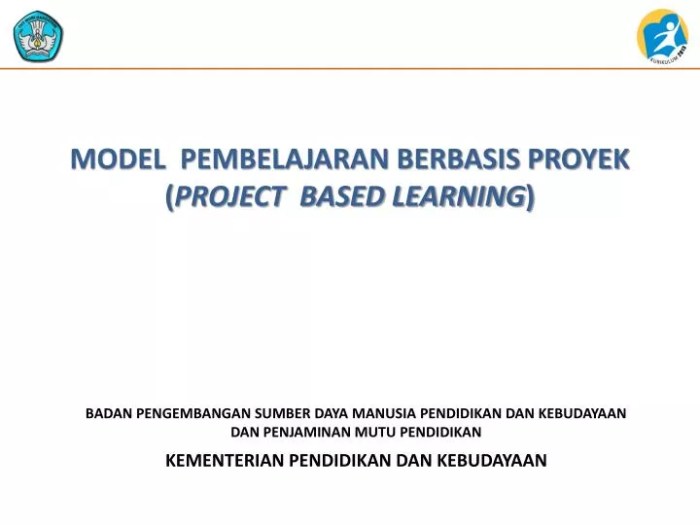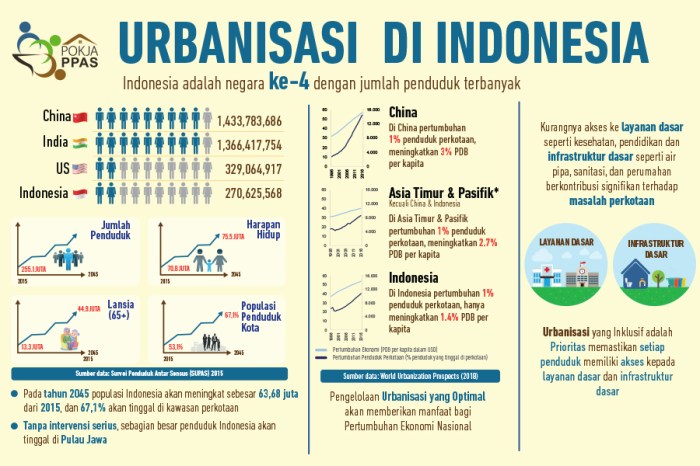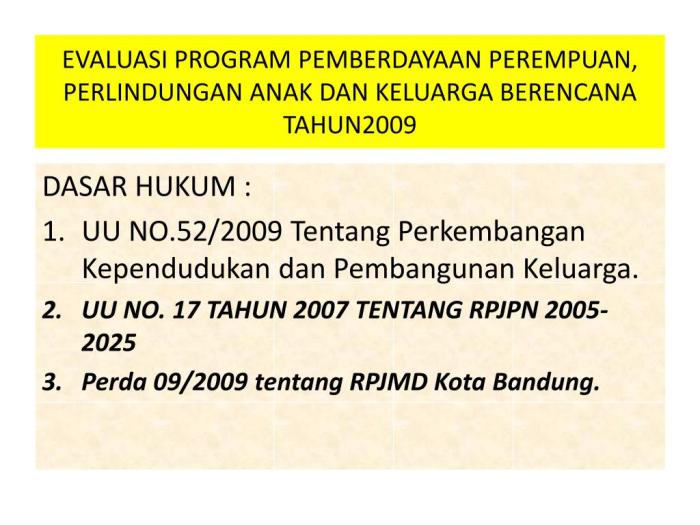Implementasi Pembelajaran Berbasis Proyek dan E-learning: Tinjauan Literatur

“Implementasi Pembelajaran Berbasis Proyek dengan Teknologi E-learning: Suatu Tinjauan Literatur” – Yo, what’s up, future educators! “Implementasi Pembelajaran Berbasis Proyek dengan Teknologi E-learning: Suatu Tinjauan Literatur” – that’s a mouthful, right? But seriously, this ain’t your grandma’s classroom. We’re diving deep into how project-based learning (PBL) gets a major upgrade with the power of e-learning.
Think interactive projects, killer collaborations, and learning that’s actually, like, -fun*. Get ready to level up your teaching game!
This literature review explores the awesome synergy between PBL and e-learning. We’ll break down the definitions, compare traditional PBL with its e-learning counterpart, and showcase how different e-learning technologies can make PBL even better. We’ll cover everything from designing killer projects to evaluating student success, and even tackle some of the challenges and solutions along the way.
It’s gonna be epic.
Definisi Pembelajaran Berbasis Proyek (PBL) dan E-learning

Yo, what’s up, educators! Let’s dive into the rad world of Project-Based Learning (PBL) and e-learning. This ain’t your grandma’s lecture hall – we’re talking about engaging students in a way that’s totally relevant and, dare I say, -fun*.
Think less “blah blah blah” and more “BOOM! I learned something awesome!”
Pengertian Pembelajaran Berbasis Proyek (PBL)
PBL, or Project-Based Learning, is like a real-world challenge disguised as a classroom assignment. Students aren’t just passively absorbing info; they’re actively involved in solving complex problems, designing solutions, and presenting their findings. It’s all about hands-on learning and developing crucial 21st-century skills like collaboration, critical thinking, and communication.
Think of it as building a dope website for a client, not just reading about website design.
Definisi E-learning dan Berbagai Jenisnya
E-learning is basically learning that happens online. It’s super versatile and can take many forms, from watching engaging video lectures to participating in interactive simulations. We’re talking online courses, virtual classrooms, learning management systems (LMS), and even mobile apps that make learning accessible anytime, anywhere.
Think of it as having your entire library, lab, and study group in your pocket.
- Online Courses:Structured learning modules delivered digitally.
- Virtual Classrooms:Real-time interactive sessions with instructors and peers.
- Learning Management Systems (LMS):Platforms that manage and deliver online courses.
- Microlearning:Short, focused learning modules designed for quick knowledge acquisition.
Perbandingan Pendekatan PBL Tradisional dan Berbasis E-learning
Traditional PBL is awesome, but adding e-learning tools takes it to the next level. Traditional PBL relies heavily on face-to-face interaction, while e-learning PBL leverages technology for collaboration, resource access, and project management. Think of it as the difference between building a LEGO castle with your friends in person versus collaborating online using a shared digital platform.
Both are cool, but the digital option offers more flexibility and access to resources.
Contoh Implementasi PBL dalam Konteks E-learning di Berbagai Tingkatan Pendidikan
PBL and e-learning are a match made in heaven! Imagine elementary schoolers designing a virtual zoo using interactive software, high schoolers creating a documentary about climate change using video editing tools, or college students developing a mobile app to address a community issue.
The possibilities are endless!
- Elementary School:Creating interactive stories using digital storytelling tools.
- Middle School:Designing and building a virtual city using simulation software.
- High School:Developing a marketing campaign for a local business using social media platforms.
- College:Conducting research and presenting findings using online collaboration tools.
Tabel Perbandingan Karakteristik PBL, Pembelajaran Tradisional, dan Integrasi Teknologi E-learning
Here’s the lowdown on how these learning styles stack up. It’s all about finding the right fit for your learning style and goals.
| Jenis Pembelajaran | Metode | Kelebihan | Kekurangan |
|---|---|---|---|
| Pembelajaran Tradisional | Lecture-based, textbook-driven | Structured, clear expectations | Can be passive, limited interaction |
| PBL Tradisional | Group projects, hands-on activities | Engaging, develops collaboration skills | Requires significant time and resources |
| PBL berbasis E-learning | Online collaboration, digital tools | Flexible, increased access to resources | Requires tech skills, potential for digital divide |
Integrasi Teknologi E-learning dalam PBL

Yo, what’s up, future educators? Project-Based Learning (PBL), that’s the bomb, right? But let’s be real, making it totally awesome in the digital age needs some serious tech integration. This section’s gonna break down how e-learning tools can level up your PBL game, making it super engaging and, like, totally effective.
Think of it as the ultimate cheat code for successful PBL.
Teknologi E-learning Pendukung PBL
So, what kind of tech are we talking about? A whole lotta cool stuff, my friend. We’re not just talking about boring old textbooks here. This is about using the right tools to boost collaboration, creativity, and, you guessed it, learning!
- Learning Management Systems (LMS):Think of these as your digital classroom hubs. They’re where the action happens – assignments, discussions, resources – all in one place. Platforms like Moodle, Canvas, and Google Classroom are total game-changers.
- Video Conferencing Tools:Zoom, Google Meet, Skype – these are essential for keeping the team connected, even if they’re not all in the same room. Think brainstorming sessions, project presentations, and just keeping that team spirit alive.
- Collaboration Software:Google Docs, Microsoft Teams, Slack – these are the powerhouses of group work. Real-time editing, shared documents, and easy communication are key to successful group projects.
- Interactive Whiteboards:Tools like Miro or Mural let students brainstorm visually, map out ideas, and share their work in a dynamic way. It’s like a digital sticky note extravaganza.
- Multimedia Creation Tools:Need to make a killer video presentation or design a mind-blowing infographic? Tools like Canva, Adobe Spark, and iMovie make it easy to create professional-looking multimedia content.
Peran Learning Management System (LMS) dalam PBL
LMS isn’t just a digital filing cabinet, it’s the heart of your e-learning PBL experience. It’s the place where everything comes together. Think of it as the ultimate organizational tool and communication central.
- Centralized Resource Hub:Students can access all project materials, rubrics, and deadlines in one place. No more lost files or missed deadlines!
- Facilitating Communication:Built-in discussion forums and messaging systems make communication between students and teachers super easy.
- Tracking Progress:LMS allows teachers to monitor student progress, identify areas where students might need extra support, and provide timely feedback.
- Assessment and Feedback:LMS platforms offer various tools for assessment, including quizzes, assignments, and peer reviews. This makes giving and receiving feedback a breeze.
Peran Perangkat Lunak Kolaboratif dalam Kerja Kelompok PBL
Collaboration is the name of the game in PBL, and the right software makes all the difference. It’s about making teamwork smooth, efficient, and, dare we say, fun!
- Real-time Collaboration:Tools like Google Docs allow multiple students to work on the same document simultaneously, fostering real-time collaboration and idea sharing.
- Version Control:No more confusion over which version is the final one! Version control features keep track of changes and allow easy reversion to previous versions if needed.
- Enhanced Communication:Built-in chat features within collaboration software facilitate quick communication, making it easy for students to ask questions and share updates.
- Shared Workspace:These tools create a central hub for all project files, ensuring everyone has access to the latest versions and resources.
Alur Kerja Implementasi PBL Berbasis E-learning
Let’s get this straight, implementing e-learning PBL isn’t just throwing tech at the problem. It requires a strategic approach, from planning to evaluation. Think of it as a well-orchestrated symphony of learning.
- Project Definition and Planning:Clearly define the project goals, learning objectives, and assessment criteria. Choose a project that’s engaging and relevant to students’ interests.
- Technology Selection and Integration:Select the appropriate e-learning tools and integrate them into the project workflow. Ensure that all students have access to the necessary technology and training.
- Project Implementation and Collaboration:Guide students through the project phases, providing support and feedback along the way. Encourage collaboration and communication among group members.
- Assessment and Evaluation:Use a variety of assessment methods, including formative and summative assessments, to evaluate student learning and project outcomes. Provide constructive feedback to students based on their performance.
- Reflection and Improvement:Reflect on the project’s success and identify areas for improvement in future implementations. Gather student feedback to inform future projects.
Langkah-langkah Implementasi PBL dengan Teknologi E-learning, “Implementasi Pembelajaran Berbasis Proyek dengan Teknologi E-learning: Suatu Tinjauan Literatur”
Here’s the lowdown on a step-by-step guide to make this whole thing a reality. It’s like a recipe for success, but way cooler.
- Define clear learning objectives and project scope.
- Select appropriate e-learning tools and platforms.
- Provide students with necessary training and support.
- Establish clear communication channels and collaboration guidelines.
- Monitor student progress and provide timely feedback.
- Use a variety of assessment methods to evaluate learning outcomes.
- Encourage reflection and self-assessment.
- Continuously improve the process based on feedback and evaluation.
Ringkasan Penutup
So, there you have it – a deep dive into the rad world of project-based learning powered by e-learning. We’ve covered the essentials, from defining the terms to navigating the challenges. Remember, this isn’t just about technology; it’s about creating engaging, relevant learning experiences that empower students.
Let’s make learning awesome, one project at a time!
Panduan FAQ: “Implementasi Pembelajaran Berbasis Proyek Dengan Teknologi E-learning: Suatu Tinjauan Literatur”
Apa perbedaan utama antara PBL tradisional dan PBL berbasis e-learning?
PBL tradisional lebih bergantung pada interaksi tatap muka, sementara PBL berbasis e-learning memanfaatkan teknologi untuk kolaborasi dan akses sumber daya yang lebih luas.
Bagaimana memilih platform LMS yang tepat untuk PBL?
Pertimbangkan fitur kolaborasi, kemampuan manajemen tugas, integrasi dengan alat lain, dan kemudahan penggunaan untuk guru dan siswa.
Bagaimana mengatasi masalah akses internet yang tidak merata dalam implementasi PBL berbasis e-learning?
Solusi meliputi penyediaan akses internet di sekolah, penggunaan materi offline, dan desain proyek yang fleksibel.
Bagaimana memastikan inklusivitas dalam desain proyek PBL berbasis e-learning?
Pertimbangkan kebutuhan siswa dengan disabilitas, gunakan berbagai format media, dan sediakan pilihan aksesibilitas seperti teks alternatif dan transkripsi.




